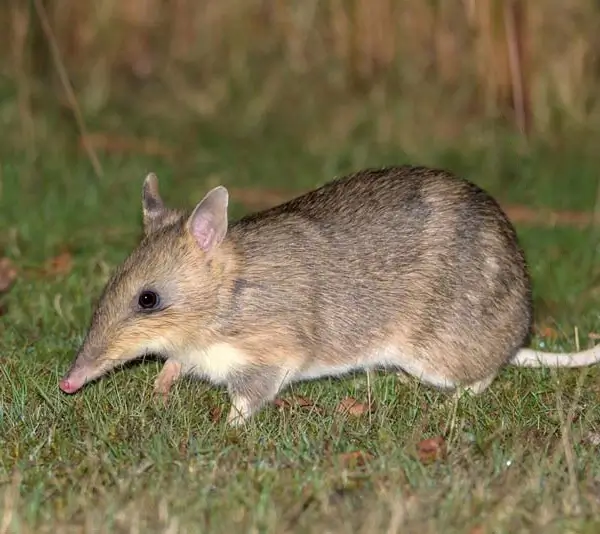Introduction
Sydney bandicoots are interesting creatures in their hidden ecosystems. With its intriguing habits, diminutive size, and critical role in the ecosystem, Bandicoots capture the imagination of many. In this article, we delve into the fascinating world of these elusive marsupials. We explore their characteristics, behavior, conservation status, and the efforts being made to ensure their survival.
The Sydney Bandicoots: A Brief Overview
The Bandicoot, scientifically known as Perameles gunnii, is a small to medium-sized marsupial found along the eastern coast of Australia, predominantly in the city. They are part of the Peramelemorphia order. This includes other bandicoot species and bilbies, and belong to the Peramelidae family.
Characteristics
These intriguing creatures are small in size. Adults typically weigh between 600 and 1,200 grams and measure around 30 to 40 centimeters in length. They have pointed snouts, sharp claws, and long, rabbit-like ears, which help them forage efficiently in their underground habitat.
Bandicoot Behaviour and Habitat
One of the most distinctive features of Sydney Bandicoots is their preference for burrowing. They construct intricate burrows in sandy or well-drained soils. These are often located in heathland, forest edges, and even urban areas, demonstrating their adaptability. These burrows shelter them from predators and harsh weather conditions, providing a secure space for breeding and raising their young.
Bandicoots are primarily nocturnal, meaning they are most active during the night. They have an omnivorous diet, which includes insects, small invertebrates, seeds, and plant material. Their sharp snouts and strong forelimbs enable them to dig for food efficiently. During the day, bandicoots escape the sun by sleeping in rabbit burrows and shallow holes lined with leaf litter and concealed by dense vegetation.
When they dig for food, they leave snout pokes, small distinctive conical holes where they poked their snouts.
Bandicoot Reproduction and Life Cycle
Breeding among Bandicoots typically occurs between July and November. After a gestation period of approximately 12 to 14 days, females give birth to tiny, undeveloped joeys, which then crawl into their mother’s pouch. There, they continue to develop and are eventually weaned at around 60 to 70 days of age. They can give birth to up to five babies.
Conservation Status
Despite their intriguing biology and ecological significance, they are listed as a vulnerable species. They face various threats to their survival. Habitat destruction due to urban development, predation by introduced species like foxes and cats, and competition for resources with other native animals have all contributed to their decline in numbers.
Conservation Efforts
Efforts to protect and conserve Bandicoots have been ongoing for several years. Some of the key strategies include:
- Habitat Restoration: Restoration projects aim to enhance and create suitable habitats for bandicoots, particularly in urban areas. These initiatives involve planting native vegetation and implementing weed control measures.
- Predator Control: Intensive predator control programs, such as trapping and baiting, have been put in place to reduce the impact of introduced predators on bandicoot populations.
- Monitoring and Research: Ongoing research helps scientists better understand the behavior, breeding habits, and specific needs of Bandicoots, aiding in more effective conservation strategies.
- Community Engagement: Educating and involving the local community in bandicoot conservation efforts is crucial for raising awareness and garnering support for these precious creatures.
Conclusion
The Bandicoot, with its unique characteristics and essential role in the Australian ecosystem, is a species worthy of our attention and protection. Through ongoing conservation efforts, we can ensure that these enigmatic burrowers continue to thrive in their native habitat, adding to the rich tapestry of Australian wildlife for generations to come. As we learn more about these remarkable marsupials, we gain a deeper appreciation for the intricate web of life that sustains our natural world.


About the author